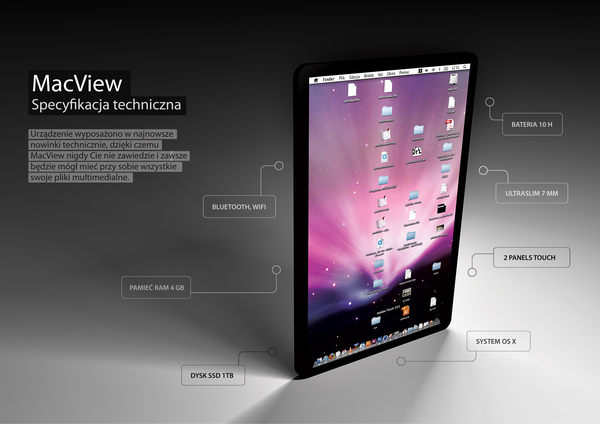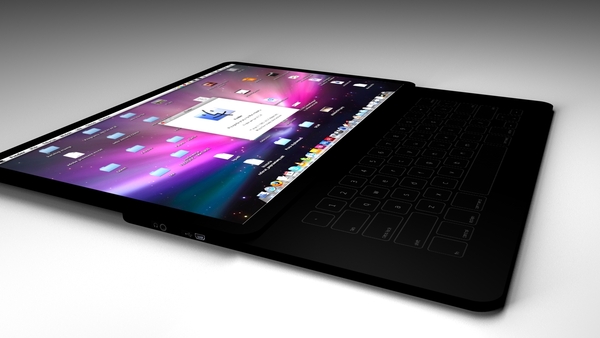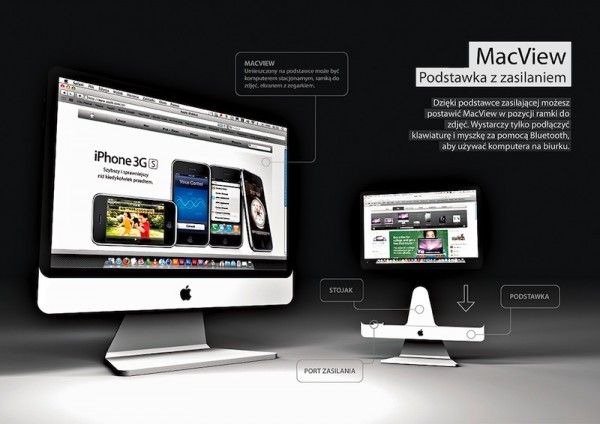Only ten days to go, and the rumors are flying like bullets in a war zone. The tablet could cost $500, or it could cost $2000; it might have an LCD display, or an OLED, or a completely new haptic touch screen; it might run on an nVidia system-on-a-chip, or it runs on an Apple-made CPU with an nVidia GPU. Who knows? Whoever does enjoy such insider info must certainly have god’s own NDA hanging over them like the Sword of Damocles.
Some elements are more or less universally agreed upon: the tablet will have a screen about 10 inches in size; it will likely share design elements with the iPhone; it will be thicker than an iPhone, but not too much thicker, with an aluminum case; it will share many qualities of the iPhone, including the ability to run iPhone apps, and will likely be a closed ecosystem like the iPhone is. It will use multitouch, most likely to an extent not attempted before, and there will be no stylus. And it will probably have 3G, in addition to the even more likely WiFi and Bluetooth.
From there, it’s anyone’s guess. A lot of the remainder constitutes bells and whistles, like the possibility of a built-in camera for video conferencing, for example. Such features are relatively unimportant, as they are the kind of thing that subsequent models will eventually include. Like the iPhone, one should expect a relative paucity of such features upon the initial release, allowing not only for everyone to focus on the core innovations of the product, but also to allow for Apple to make the subsequent generations of tablets more attractive. Look at the iPhone: it started with Edge and no 3G, no app store, a weak photo-only camera, no GPS, no compass, no stereo Bluetooth, etc.; each new model adds these features. If the tablet comes fully decked out right at the start, then where’s the ability to upgrade?
The Interface
The main draw of the tablet should be the OS, and in particular, the touchscreen interface. Rumors have suggested a new way to interact with the device, something with a “steep learning curve,” and which will have the user interact with the tablet in surprising ways. A “3-D” environment has been suggested by the usual avalanche of Apple patents.
I agree with the assessment that there will be a new emphasis on touch. There will almost certainly be no mouse, and probably no ability to attach one. Many new Windows-based devices use touch screens, but many only mirror the single point of the mouse-driven cursor, which is worse than useless in a touch screen (it’s like having 9 of your fingers amputated). Those that allow multi-touch are limited to fewer gestures than a current MacBook touchpad (especially with a cool utility like BetterTouchTool).
The question is, will the tablet’s gestures be intuitive or arbitrary? Some touchpad gestures are pretty intuitive: two fingers for scrolling; three fingers right and left for going forward and back; a two-finger tap for a pop-up menu. In their own ways, they make sense, and so are easy to remember. Even the four-finger swipes for showing the Desktop or using Exposé to reveal all windows are fairly intuitive, though I keep forgetting which requires the up-swipe and which needs the down-swipe.
If the gestures on the tablet are not intuitive enough (which could be what the “steep learning curve” is referring to), then the tablet could be in trouble, especially if there is no easy alternative way to carry out the same functions. Ever since the original Mac came out with the GUI, intuitive features have been Apple’s golden egg; they would bypass this standard at their peril.
Get a Grip
Another important consideration in the touchscreen interface will be how the device is handled. A tablet does not lend itself to flat surfaces as well as a laptop; we are used to screens being propped up at an angle to our faces. That’s not to say that it’s impossible to put a tablet down on a desk or a table, but there are problems involved.
Here’s a way you can test it for yourself. If you have a laptop with a relatively stiff screen hinge, try placing the laptop on a table, desk, or on your lap, upside-down, on its monitor with the keyboard sticking up (it’ll have to be at a 90-degree angle). Then imagine using the screen only and that the part sticking up doesn’t exist. What do you notice? My impression was that it wasn’t so bad–in fact, it seemed pretty cool. It wasn’t uncomfortable to look at, even though it was more at an angle than I am used to. The main disadvantage that I noticed was that the screen I have starts to fade out as the viewing angle increases. This might even suggest that the tablet indeed has an OLED screen, as some rumors are saying. But I can accept using it that way, although at times a sturdy back-stand seems to make a lot of sense.
Why is this important? Because the alternative is that either the tablet will come with a desktop stand for active use–unlikely for a mobile device, not to mention that touch becomes problematic unless the stand is slide-resistant–or it will be cradled in one hand while the other is used to control the interface (like a clipboard, except the tablet might be supported by one’s palm against the tablet’s back, instead of holding it at the edge, as with a clipboard).
The Keyboard Is Key
The way one holds it will greatly influence the method of interaction, especially for typing. A larger device like a tablet would lend itself better to two handed-typing; if only one hand can be used, then the keyboard would need to be altered. Will there be two kinds of keyboards available depending on how you use it? Convenience would suggest so, but Apple’s design history says no; look how long it took Apple to make just the landscape keyboard universal on the iPhone. Jobs has a tendency to stick with one way of doing things, even if it’s inconvenient. Despite my own desire for multiple keyboard styles, I expect that Jobs will have ordained The Best Way to Type and will expect everyone to follow that way.
Typing is indeed a crucial aspect: not only is it something we do all the time, but it is the one point in multi-touch where two hands are almost necessary for efficient input. As I noticed in this Jeff Han presentation at the Seoul Digital Forum (see “Interface: Beyond Interactivity” at the link; available only through web site; you must allow pop-ups for it to work), Han used only one hand even with the big wall-sized screen. He switched to two hands notably when he brought up a keyboard and started typing.
Getting Soft
Other considerations will include the software you can use with it. Will you be able to use existing OS X apps with it? The answer is, probably not. Apple has too good a thing with its closed ecosystem. Not just because Apple gets a 30% slice of each sale, but also because the platform lends itself to anti-piracy and lower app prices. Most notably for Jobs himself is that he gets to control the environment tightly, which is how he likes it. So expect an iPhone-style app situation, but now able to expand to use much more space and a more powerful processor–so popular database and Office apps, as well as fast-CPU-dependent apps will show up where they did not for the iPhone. While this won’t replace your laptop, it will allow for much greater daily use than your smartphone.
Multimedia is another area that everyone expects will work with this device. It is pretty clear that magazines and newspapers see the Apple tablet as a potential savior (Update: The NYT just more or less announced their Apple Tablet rollout), moving back to the paid-subscription model, and college students will likely use the device as an e-book reader for textbooks. The ability to play music may very well be redundant–almost every user will also have an iPhone or other device which they would more likely use for that feature. Video, however, will take on a new focus. Apple will probably attempt to tie this in with Apple TV, although they must not make that peripheral necessary for enjoying video. Still, there will likely be a focus on downloading video from a separate storage device or network as there will probably not be enough space to save all that video on the device itself. Apple will probably push for streaming video over the iTunes store. But video will be a big element in addition to print.
This, of course, will make a powerful CPU and GPU more important; keep a close eye on what Apple uses to run this baby.
3G or Not 3G
The networking will be vital for that reason. Many are saying that 3G will be a part of it, but I am waiting to see how plans with the carriers will be handled–especially if this will be another subsidized purchase. Will this be tied in to your iPhone account? If so, what extra contractual requirements will be foisted upon you? Will this be sold as a stand-alone data plan with a carrier, not associated with a cell phone contract? At what cost? The details of the deal may be critical.
For me, 3G is not really so important. I am guessing that I will be using this mainly at the home and office, where I have WiFi. I need 3G for my iPhone primarily for phone calls and GPS; otherwise, I could probably get by on WiFi alone. Will a 3G data contract be required to buy a tablet? Is that the only way it will be affordable? Will there be a range of options, like buy one for $500 with a contract for a data plan, or $900 without–I might go for the plan without a data plan or other contractual obligations, and live on WiFi alone.
Sex Appeal
Finally, there is form factor and physical features. Most of the mock-ups are essentially modified iPhone designs: a fairly thin screen with black bordering and a beveled chrome edge. Some bit larger borders on the ends and include the iPhone Home button. Others put the screen almost flush with the edge. There is one problem with having the screen too close to the edge, though: the device will likely have a rectangular screen, but also rounded edges. If the border of the device is too thin, that comes out looking quite strange. With Apple’s current design scheme featuring fairly wide black borders, and with the problems of accidentally activating something if you hold the device by the edge, I am guessing that there will be perhaps a half-inch border around all edges. (Addendum: it later occurred to me that they could handle this the same way they do the iPhone: have the screen go to the edge on two long sides, and have borders on the short sides; however, I don’t think they’ll do this for the tablet.) This would allow for hardware button placement (if there will be hardware buttons on the face) and potential placement of cameras and proximity sensors. It would also give more room inside to spread the hardware around and make the device thinner, which is what people will like.
As for how it will feel, imagine holding a thin hardcover or large-format softcover book–in fact, go get one from a shelf somewhere–and try holding it in your left hand as if it were a tablet. Most likely your left palm will fit neatly under the back if you hold it in landscape; in portrait, your thumb may rest along the side. You hear “ten inches,” and you think of something fairly large; but an 11-inch (diagonal) slate winds up being not so huge; try it and you’ll see.
Many are talking about exchangeable batteries, but these are mostly people who forget who is making this; at this point, it would be a shocker for Apple to allow for that. Steve Jobs likes unbroken surfaces, and that’s that. Don’t expect an optical drive, of course; like the MacBook Air, the tablet will very likely depend of WiFi connections for most of its data transfers. Even an SD card slot is not a solid bet; even though most users would want one, Jobs might decree that it is not to be.
Which brings us to connectors: what will there be? Will Apple use the standard iPhone connector? Possibly, but Apple loves to confound users with new cables and connectors all the time; don’t be surprised if there’s yet another new connector type here. Common sense would allow for a mini-USB jack, if for no other purpose than to allow you to download photos from a digital camera or other data. This may, however, depend on how close Jobs wants the ecosystem to be.
And how about screen resolution? We’re all expecting a 10-inch screen, but how many pixels? I could swear that I wrote a blog post on this, even seem to remember discussing it in comments, but for some reason, I cannot find it. In any case, a 10-inch screen will likely be about 6 inches tall and 8 inches wide; the iPhone has a pixel density of 163 pixels per inch (ppi); if these hold for the tablet, that means a 1300 x 980 pixel screen, which would be pretty good hi-def. However, the iPhone screen is denser than Apple’s laptop screens, which are about 112 ppi; at that density, the tablet would be more like 900 x 670 resolution. If Apple can get a ppi of 120 or better, then we have a 720p screen–which I think may be likely here.
Of course, that depends on the aspect ratio–I am assuming 4:3 here. The iPhone has a 3:2 ratio. The tablet could be more widescreen than I am expecting. If it’s 4:3 and we’re going for 720p, then the full resolution would be 960 x 720; if it’s 2:3, then it would be 1080 x 720, with a slightly higher ppi, around 130.
Laying Down My Bet
So, if I had to guess: a form factor of maybe 9“ x 6” with a 10 or 10.5“ screen, and a half-inch black border with a chrome bezel. A 130 ppi screen with a resolution of 1080 x 720, probably OLED or something else which will look good at more extreme viewing angles. My guess is no haptics on the touch screen, but would not be surprised if that was an added feature in a future model.
The screen will of course be multitouch, depending far more on touch than any Apple device so far, with a fairly new interface style. Like the iPhone keyboard, it’ll take a bit of practice to become comfortable with it, but it will be pretty intuitive and won’t be that hard to get the hang of. This will likely be the highlight of Jobs’ presentation, and what people will be buzzing about for some time after that.
There will probably be no camera (I am depending on rumors for that–personally, a camera seems like a no-brainer to me), which would imply no mic either. I am guessing at grille speakers along two opposite edges, a headphone/audio jack, an iPod/iPhone connector, and maybe a mini-USB port. There will be physical switches for power, volume, and maybe also a home button–along the edges, not on the face.
If Apple wants to move the device, then hopefully it will avoid the fiasco with the original iPhone and price reasonably from the start. $800 is believable, but many will choke at that price. I would guess that Apple will have deals with carriers for a subsidized data-plan contract–maybe a 2-year contract at $40-50/month, which will bring the price of the tablet down to $500 or less, and might even tie into existing 3G contracts for better savings. Alternately, you could purchase the tablet outright at the $800 price point (which I would definitely opt for myself), depending completely on WiFi for data.
Apple will likely be a bit cryptic about the CPU. I would like to imagine that Apple’s acquisition of PA Semi will mean a powerful in-house chip–but many times in the past, Apple has not utilized such resources. And there’s the nVidia Tegra 250, a dual-core 1GHz computer-on-a-chip able to handle 1080p encode/decode, should deliver good performance for gaming, and excellent battery life. If Apple does go with its own chip, then perhaps there will be an nVidia GPU along with it.
Anyone else want to make predictions?

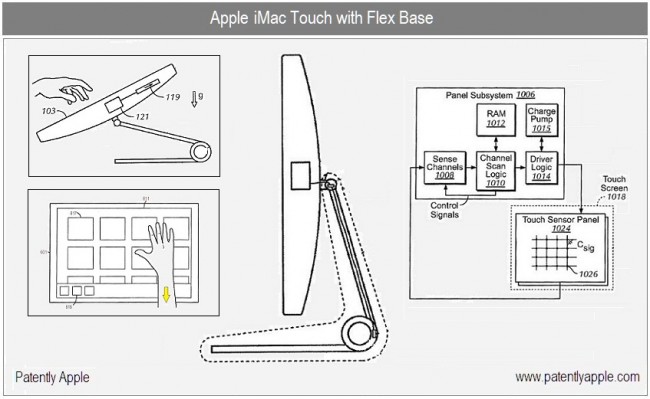



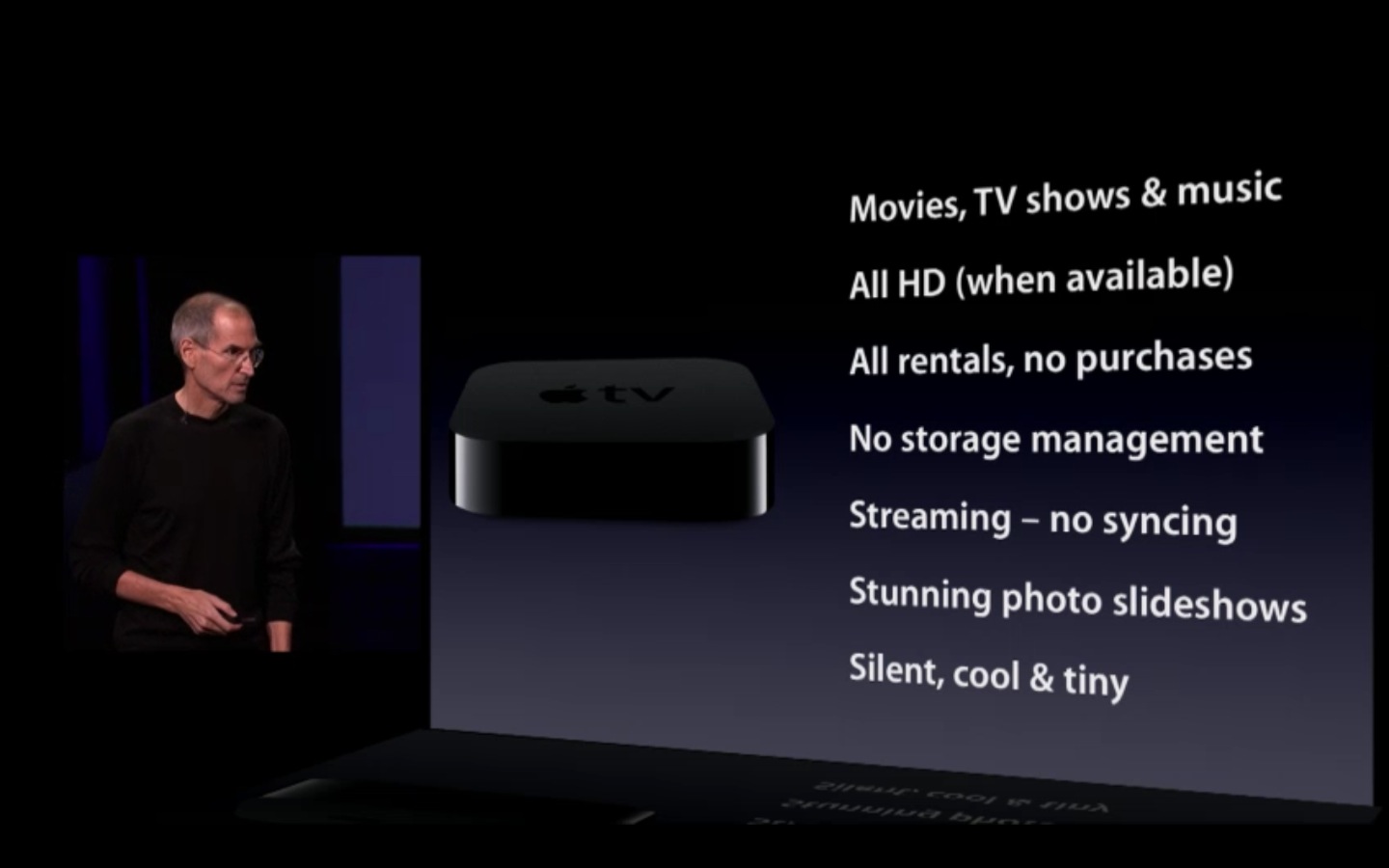
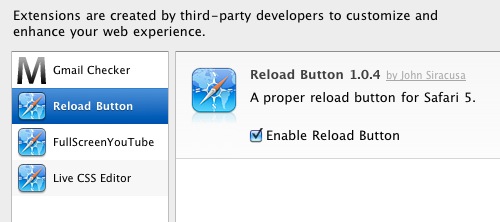 Some extensions out immediately:
Some extensions out immediately: 


